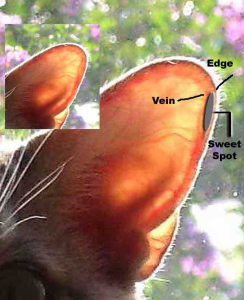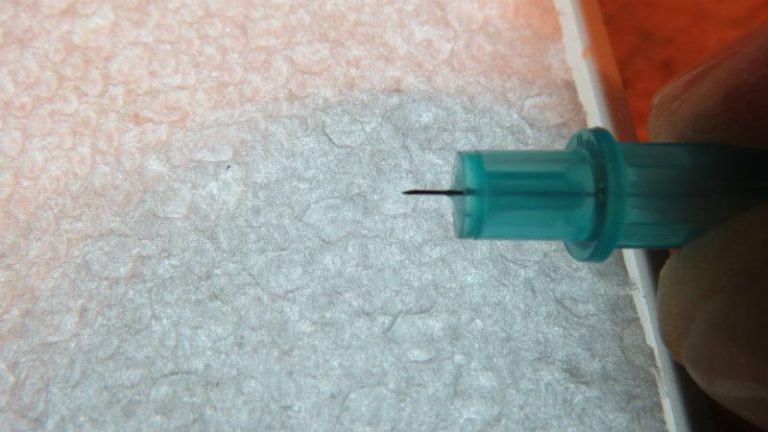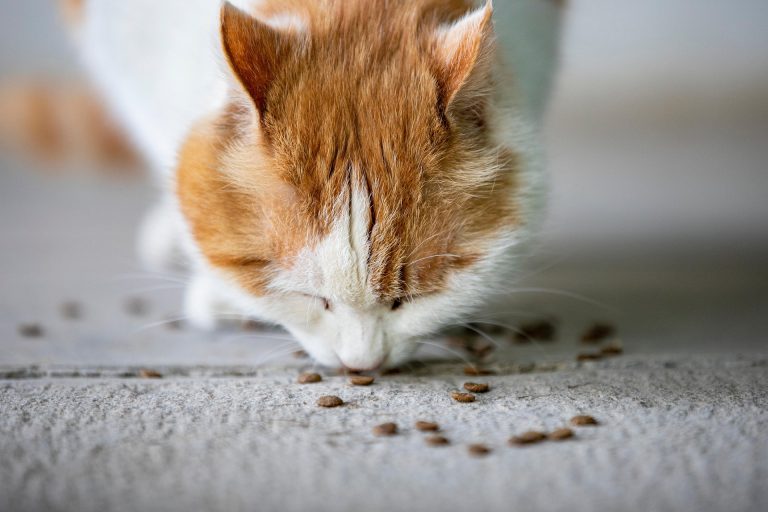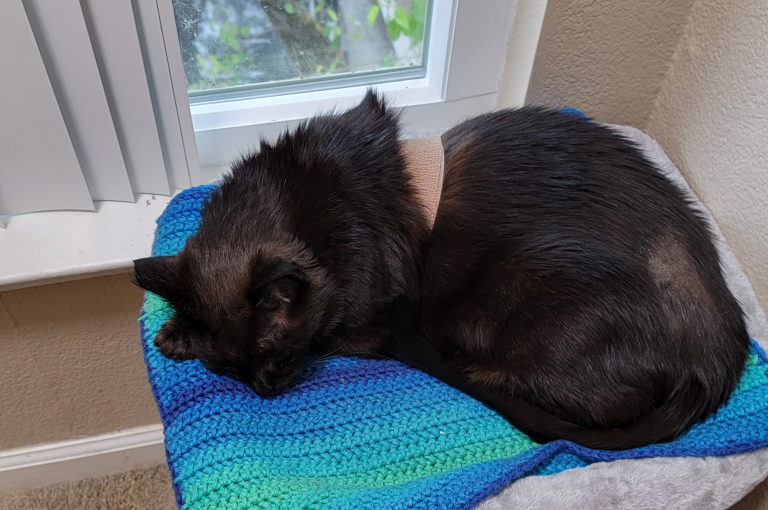Category: Feline Diabetes
Tags: Feline Diabetes, Diabetic Cat Care, Hypoglycemia, Low Blood Sugar, Home Testing
Always consult your veterinarian about your pet’s health and treatment plan. This site is owned and administered by volunteers, not medical professionals. We are not designed to take the place of your regular veterinary care.
Why Home Testing Matters
For many cat parents, the idea of poking your cat’s ear to draw blood can feel overwhelming. But home testing is one of the most empowering things you can do after a feline diabetes diagnosis. It gives you real-time feedback on how your cat is responding to insulin and food, helps prevent life-threatening hypoglycemia, and builds your confidence in managing this condition day by day.
Testing at home can reduce vet visits, prevent overdosing, and help detect remission early. Many caregivers credit home testing as the single most important tool in helping their cats stay safe and thrive.
What You’ll Need to Get Started
You don’t need expensive gear or veterinary equipment. Most caregivers use a human glucose meter like the ReliOn Premier Classic, paired with matching test strips. You’ll also need lancets (start with 26g–28g), cotton rounds or tissues, and something to warm the ear—like a rice sock or warm washcloth in a ziplock bag.
A dab of Vaseline can help the blood bead up instead of soaking into the fur, and applying gentle pressure afterward helps stop bleeding.
Step-by-Step: How to Test Your Cat’s Blood Sugar
Most testing is done on the edge of the ear, in an area known as “the sweet spot.”


Figure 1: The “Sweet Spot”
This is a small capillary bed between the outer edge and main vein that produces just enough blood for a test without hurting your cat. Here’s how it typically works:
1. Warm the ear with a rice sock, warm washcloth, or even a pill bottle filled with hot water.
2. Use a clean lancet or needle. Make sure the bevel (the angled side) is facing the correct direction so the sharpest edge goes in first.

Figure 2: Close up of a lancet showing the angled tip.
3. Gently poke the sweet spot. If you hit the main vein, it may bleed more than needed—so aim just beside it.
4. Touch the test strip to the blood drop and wait a few seconds for the meter to read.
5. Press tissue or cotton to both sides of the ear for 20–30 seconds to prevent bruising.
6. Give a treat and some praise—regardless of how it went.
If you don’t get blood on the first try, don’t worry. The ear “learns to bleed” over time. You’ll find your rhythm with practice.
Common Testing Setups That Work for Real Cats
There’s no single right way to test. Some cats prefer to sit on your lap, others do better in a towel burrito or while backed between your knees. You can test at a kitchen counter, on the floor, on the couch—whatever feels safe and consistent.
Many caregivers find success by creating a routine: same location, same treats, same calm tone. Some use cuddles or chin scritches as rewards; others rely on freeze-dried chicken. The key is consistency, calm energy, and immediate positive feedback—yes, even for a failed poke.
Your emotional state matters more than you think. If you’re stressed, your cat will sense it. Breathe, move slowly, and remind yourself: you can do this.
Videos That Show It in Action
Seeing other cats calmly get tested can make all the difference. Some helpful, community-recommended videos include:
Remember, your cat may not start out as calm as those in the videos—but many become just as tolerant with time, especially when they begin to associate testing with treats and feeling better.
Extra Tips and Tricks from the Community
- Use a new lancet every time to ensure sharpness and minimize discomfort.
- Warming matters. A cold ear won’t bleed well. Take your time here.
- You can test the paw pad if the ear isn’t an option, but ears are usually easier.
- If your meter flashes “KETONES?” after a high reading—don’t panic. That’s a warning meant for humans. Most glucose meters don’t detect ketones in pets.
Understanding the Numbers
Normal blood glucose in non-diabetic cats ranges roughly between 50–120 mg/dL. Diabetic cats on insulin will vary, but tracking trends over time is more important than any single number. If you’re unsure whether a value is safe, don’t guess—ask on the FDMB forum. There’s always someone around to help.
Other Resources
Home Testing Blood Glucose on Cats – Pet Health – Cat Health – Feline Diabetes
Home Testing of Blood Glucose for Diabetic Cats
Veterinary Support Personnel Network
Feline Diabetes- treatment and prevention in cats
You’re Not Alone—And You Don’t Have to Figure It Out Alone
Thousands of caregivers have walked this path. We’ve been confused, scared, and unsure too. But home testing has helped us save lives, prevent emergencies, and even put cats into remission. You don’t have to be perfect—you just have to be willing to learn.
If you’re ready to try home testing, or struggling to make it work, visit our Feline Diabetes Management Board where experienced members can walk you through the process, share photos, and cheer you on every step of the way.









